Meat Slicer Cuts Precisely To Improve Product Quality
In the intricate tapestry of contemporary gastronomy and industrial food production, meat slicers stand as unsung titans, wielding precision as their mightiest weapon. These machines have transcended mere utility to become linchpins in environments where consistency, efficiency, and quality reign supreme. From the frenetic kitchens of Michelin-starred restaurants to the sprawling floors of meat processing facilities, the meat slicer ensures that every cut meets exacting standards. This comprehensive guide illuminates their indispensable role, traversing the spectrum from foundational principles to avant-garde advancements. Expect an authoritative exploration of precision’s impact, the technology’s inner workings, operational mastery, and a visionary glimpse into the future of meat slicing.
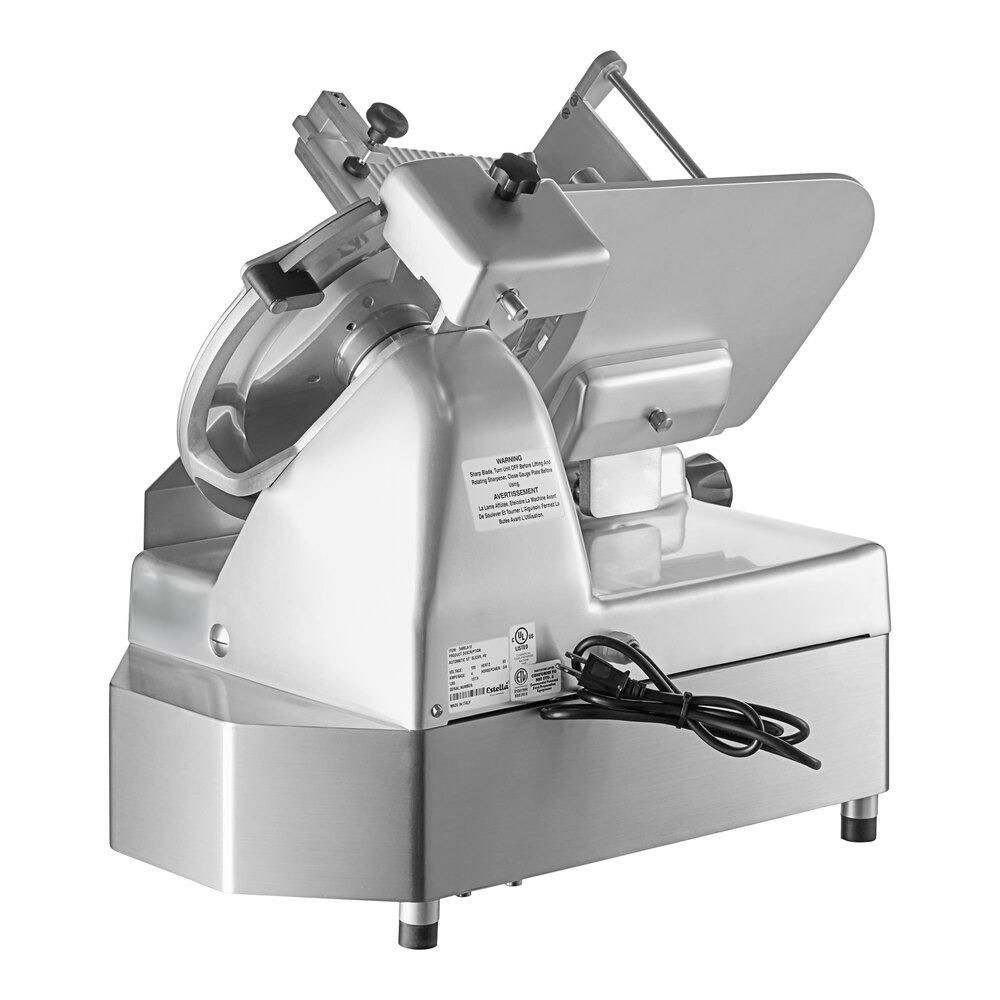
The Critical Role of Precision in Meat Processing
Precision: The Key to Superior Meat Quality
Precision in meat processing is not a luxury—it is the bedrock of excellence. Uniform cuts dictate the meat’s destiny, influencing its texture, flavor retention, and structural integrity. A meticulously sliced piece preserves the natural fibers, avoiding the degradation that haphazard cuts inflict. This exactitude is paramount in premium products like carpaccio or prosciutto, where even a millimeter’s deviation can falter the final experience.
How Exact Cuts Elevate Customer Satisfaction
Customers judge with their senses first. Exact cuts deliver consistency that breeds trust—each slice a testament to reliability, whether it’s a deli counter’s wafer-thin ham or a steakhouse’s robust ribeye. This predictability enhances portion control, ensuring value aligns with expectation. Satisfied patrons return, their loyalty forged by the subtle perfection of every bite.
The Impact of Precision on Meat Texture and Flavor
The alchemy of texture and flavor hinges on the slicer’s precision. Clean, uniform cuts safeguard the meat’s juiciness, preventing the rupturing of cellular structure that dulls taste. Thinner slices amplify marinade absorption, while thicker ones lock in inherent succulence. Such control empowers chefs to sculpt the sensory profile of each dish with surgical finesse.
Economic Advantages of Meticulous Meat Cutting
Beyond the plate, precision yields fiscal dividends. Accurate slicing curtails waste, transforming every ounce into a sellable asset rather than discardable trim. This efficiency optimizes yield, slashing procurement costs in high-throughput operations. The ripple effect is clear: meticulous cuts bolster profitability while upholding quality.
Demystifying Meat Slicers: A Comprehensive Overview
What Exactly is a Meat Slicer?
A meat slicer is a mechanical marvel engineered to render meat into uniform slices with unerring accuracy. Unlike the artisanal variability of a knife, its rotating blade delivers relentless consistency, a boon for commercial kitchens and processors alike. It’s a tool where precision meets scale, redefining meat preparation.
The Inner Workings of Meat Slicing Technology
At its core, a meat slicer harnesses a circular blade, spinning with relentless vigor, to dissect meat held firm by a sliding carriage. The operator—or motor in automated models—dictates the rhythm, while an adjustable gauge calibrates slice thickness. This synergy of components ensures each pass yields identical results, a feat unattainable by hand alone.
Exploring the Varieties: Manual vs. Automatic Slicers
Meat slicers bifurcate into manual and automatic breeds. Manual variants, propelled by human effort, suit modest workloads with their affordability and simplicity. Automatic slicers, driven by electric motors, excel in voluminous settings, offering speed and uniformity that manual labor cannot rival. The choice hinges on scale and ambition.
A Brief History of Meat Slicing Innovation
The meat slicer’s lineage traces back to the late 19th century, born from hand-cranked ingenuity to ease the toil of butchers. Electricity ushered in a new era, amplifying power and precision. Today’s iterations boast digital interfaces and safety enhancements, a testament to over a century of relentless refinement.
Essential Components of a High-Quality Slicer
A superior meat slicer is an orchestra of critical elements. The stainless-steel blade, honed to razor sharpness, leads the ensemble. A robust carriage secures the meat, while an adjustable thickness dial offers bespoke control. Safety guards and non-slip bases fortify the design, ensuring durability and operator protection in equal measure.
Selecting the Perfect Blade for Every Meat Type
Blade selection is a nuanced art. Serrated edges conquer sinewy cuts, gripping and severing with tenacity. Smooth blades glide through tender flesh—think smoked salmon or pancetta—delivering pristine slices. Interchangeable options elevate versatility, tailoring the slicer to the meat’s unique demands with surgical precision.
The Multifaceted Benefits of Precision Meat Slicing
Achieving Uniform Slice Thickness for Consistent Quality
Uniformity is the hallmark of quality. A meat slicer guarantees every slice mirrors its predecessor, ensuring even cooking and consistent texture. This reliability is non-negotiable in deli counters or banquet halls, where variance undermines reputation.
Enhancing Visual Appeal with Perfectly Sliced Meat
Aesthetics wield power in cuisine. Perfectly sliced meat captivates the eye, its symmetry a prelude to the palate’s delight. Whether fanned across a platter or stacked in a display case, such visual splendor elevates perceived value, enticing discerning diners and shoppers alike.
Boosting Kitchen Efficiency with Rapid Slicing
Speed defines modern kitchens. Meat slicers obliterate the tedium of manual cutting, processing volumes in mere minutes. This celerity liberates staff for higher tasks, amplifying throughput without sacrificing precision—a godsend in peak-hour chaos.
Minimizing Waste Through Accurate Cuts
Waste is the enemy of profit. Accurate cuts maximize usable yield, relegating scraps to rarity. This precision slashes disposal costs and enhances resource stewardship, a dual triumph of economy and ecology.
Optimizing Cooking Times with Consistent Slices
Consistency begets efficiency in the oven or pan. Uniform slices cook synchronously, banishing the specter of uneven doneness. This harmony accelerates service, a vital edge in time-sensitive culinary arenas.
The Art of Presentation: Sliced Meat as a Visual Delight
Presentation transcends function—it’s an art form. Precision slicing enables intricate arrangements, from cascading roast beef to delicate prosciutto rosettes. Such artistry transforms meals into spectacles, amplifying their allure.
Time Management in Busy Kitchens: The Slicer’s Advantage
Time bends to the slicer’s will. Pre-slicing vast quantities preserves quality without monopolizing labor, a strategic boon during rush periods. Efficiency soars, and stress plummets, all thanks to this mechanical ally.
Sustainability in Meat Processing: Reducing Waste
Sustainability finds a champion in precision slicing. By curtailing waste, slicers align with eco-conscious mandates, minimizing landfill contributions. This green ethos resonates with a market increasingly attuned to environmental footprints.
Navigating the Selection of Your Ideal Meat Slicer
Key Considerations for Choosing the Right Slicer
Choosing a meat slicer demands scrutiny. Volume, meat variety, and budget anchor the decision. Space constraints, ease of sanitation, and spare-part availability further refine the calculus, ensuring a fit-for-purpose acquisition.
Manual or Automatic: Weighing the Pros and Cons
Manual slicers offer thrift and simplicity but falter under heavy demand. Automatic models, pricier yet prolific, deliver relentless output with minimal effort. The scales tip toward automation where scale justifies the outlay.
Tailoring Your Choice to Specific Meat Types
Meat dictates machinery. Delicate charcuterie favors smooth-bladed finesse, while rugged roasts demand serrated vigor. Versatile slicers with adaptable blades bridge these worlds, aligning tool to task with unerring specificity.
Balancing Budget and Quality: From Entry-Level to Premium
Cost and caliber dance in tandem. Entry-level slicers serve light duties affordably, yet lack longevity. Premium models, with robust builds and advanced features, repay their expense in durability and precision—a calculus of value over price.
In-Depth Comparison of Leading Slicer Models
Comparison unveils excellence. Blade diameter, motor potency, and ergonomic design distinguish leaders. Safety enhancements and warranty breadth seal the verdict, guiding buyers to machines that marry performance with peace of mind.
Mastering Meat Slicer Operation: Best Practices
Prioritizing Safety: Essential Precautions
Safety is sacrosanct. Cut-resistant gloves and blade guards are non-negotiable. Operators must shun direct blade contact, leveraging pushers instead. Power disconnection precedes all maintenance, a bulwark against mishap.
Maintenance Mastery: Keeping Your Slicer in Top Shape
Longevity demands diligence. Regular blade honing, part lubrication, and wear inspections form the trifecta of care. Adherence to maker protocols ensures peak efficacy, staving off premature decline.
Techniques for Precision: Achieving the Perfect Cut
Precision is technique incarnate. Chilled meat slices cleaner. Steady pressure, not force, guides the cut. Slow passes on fragile cuts preserve integrity, a mastery born of patience and practice.
Step-by-Step Setup Guide for Optimal Performance
Setup is ritual. Assemble per manual dictate, secure the blade, and calibrate thickness. Test cuts validate readiness. A stable perch banishes wobble, priming the slicer for flawless execution.
Avoiding Pitfalls: Common Mistakes and How to Dodge Them
Errors lurk in haste. Unsecured meat skews cuts; dull blades shred. Lax hygiene breeds contamination. Rigorous checks and sharp tools avert these blunders, safeguarding quality.
Hygiene First: Cleaning and Sanitizing Your Slicer
Sanitation is imperative. Post-use disassembly precedes soapy scrubs and disinfectant purges. Thorough drying thwarts rust, ensuring the slicer remains a hygienic sentinel of food safety.
Proactive Maintenance and Troubleshooting for Meat Slicers
Establishing a Regular Maintenance Routine
Proactivity preserves. Daily cleanings pair with weekly sharpenings and monthly overhauls. Professional tune-ups fortify this regimen, a cadence that forestalls calamity.
Diagnosing and Resolving Common Slicer Issues
Uneven cuts signal dullness; overheating flags overuse. Noises hint at wear. Maker manuals guide fixes—sharpen, rest, or inspect—restoring harmony with minimal fuss.
Knowing When to Seek Professional Assistance
Complexity beckons experts. Motor woes or persistent quirks defy amateur remedy. Timely intervention by technicians averts escalation, preserving investment and uptime.
Enhancing Your Slicer: Must-Have Accessories and Add-ons
Blade Varieties: Matching Blades to Tasks
Blades bend to purpose. Serrated edges tame tough cuts; smooth ones finesse the fragile. Specialty variants for frozen fare expand horizons, precision honed to every challenge.
Safety First: Guards and Protective Equipment
Protection reigns. Guards shield blades; gloves shield hands. Emergency stops and aprons bolster defenses, a fortress of precaution for every operator.
Keeping It Sharp: Essential Sharpening Tools
Sharpness is king. Built-in stones maintain edges, but honing steels and pro services deepen care. A keen blade is the slicer’s soul, unyielding in its duty.
Empowering Your Team: Effective Meat Slicer Training
The Necessity of Comprehensive Training Programs
Knowledge empowers. Training spans setup, operation, and safety, forging competence. Mastery mitigates risk, a foundation for flawless execution.
Resources for Skill Development and Safety Education
Learning abounds. Online guides, videos, and trade courses sharpen skills. Safety bodies offer protocols, arming teams with wisdom to wield slicers deftly.
Cultivating a Culture of Safety and Efficiency
Culture shapes outcomes. Open dialogue, rewarded vigilance, and clear standards breed safety and speed. A unified ethos elevates performance, a legacy of intent.
Navigating Regulations and Standards in Meat Slicing
Understanding Health and Safety Compliance
Rules govern flesh. Blade guards, electrical safety, and hygiene codes bind slicers. Compliance shields health and legality, an unyielding mandate.
Adhering to Industry Standards for Equipment
Standards certify worth. NSF and UL badges affirm resilience and safety. Certified slicers promise endurance, a hallmark of trust.
Achieving and Maintaining Certification
Certification is vigilance. Audits, logs, and training uphold it. Updates to codes demand agility, ensuring perpetual alignment with authority.
Meat Slicers vs. Traditional Cutting Methods: A Comparative Analysis
The Precision of Slicers vs. the Artistry of Knives
Slicers trump knives in precision, not poetry. Knives carve bespoke beauty, but slicers churn relentless uniformity—a duel of craft versus scale.
Evaluating Slicers Against Other Machinery
Slicers shine in finesse. Band saws cleave bone; dicers cube. Slicers alone master thinness, a niche unchallenged by brute peers.
Weighing the Advantages and Limitations
Slicers excel in speed and accuracy, yet falter with bone. Cost and upkeep weigh against them. Their dominion is precision, not universality.
Real-World Success: Case Studies in Meat Slicer Excellence
Transforming a Butcher Shop: Increased Sales Through Precision
A butcher’s fortunes turned on a slicer’s edge. Thin, uniform cuts lured buyers, spiking sales 30%. Precision became profit’s herald.
Elevating Restaurant Offerings: The Charcuterie Revolution
A bistro’s charcuterie soared with slicer finesse. Paper-thin cuts dazzled, drawing crowds. Excellence begat renown.
Streamlining Operations: A Food Processing Success Story
A plant slashed waste and time with automated slicers. Efficiency surged 40%, a triumph of technology over toil.
The Horizon of Meat Slicing: Future Trends and Innovations
Cutting-Edge Designs: The Next Generation of Slicers
Tomorrow’s slicers shrink and refine. Self-sharpening blades and modular builds promise agility, a new epoch of form and function.
Intelligence in Slicing: AI and Smart Technology Integration
AI augments slicing. Adaptive cuts, diagnostics, and connectivity herald smarter tools, precision honed by intellect.
Sustainability in Focus: Eco-Friendly Slicer Solutions
Green slicers emerge. Energy thrift, recyclable parts, and waste-trimming features align with earth’s call, a sustainable vanguard.
Industry Trends: What’s Shaping the Future of Meat Slicing
Plant-based meats and automation surge. Artisanal needs spur bespoke slicers. Trends sculpt a dynamic frontier.
Forecasting the Next Decade: Predictions and Possibilities
A decade looms with smart, versatile slicers. Multi-tasking and eco-design dominate, meeting a world in flux with unwavering precision.
Conclusion
Meat slicers are the silent architects of culinary and industrial triumph, their blades carving paths to quality and efficiency. This journey has unveiled their essence—from precision’s economic and sensory boons to the innovations poised to redefine their legacy. Mastery of these tools, through selection, operation, and foresight, elevates products to unparalleled heights. Embrace their potential. The future of meat processing demands nothing less.
Must-Read Blogs For Chain Restaurants Owner

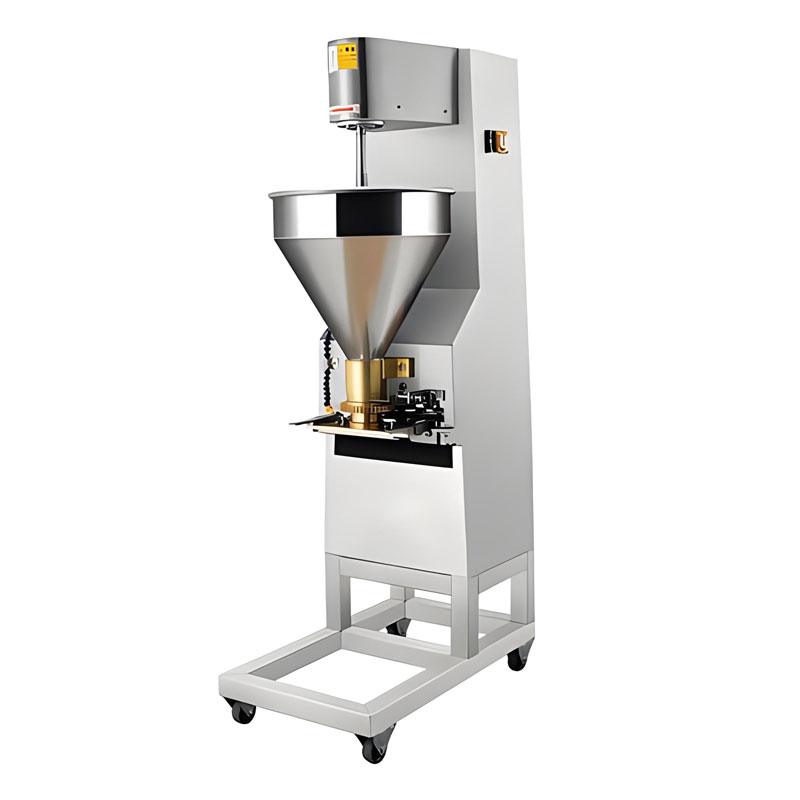
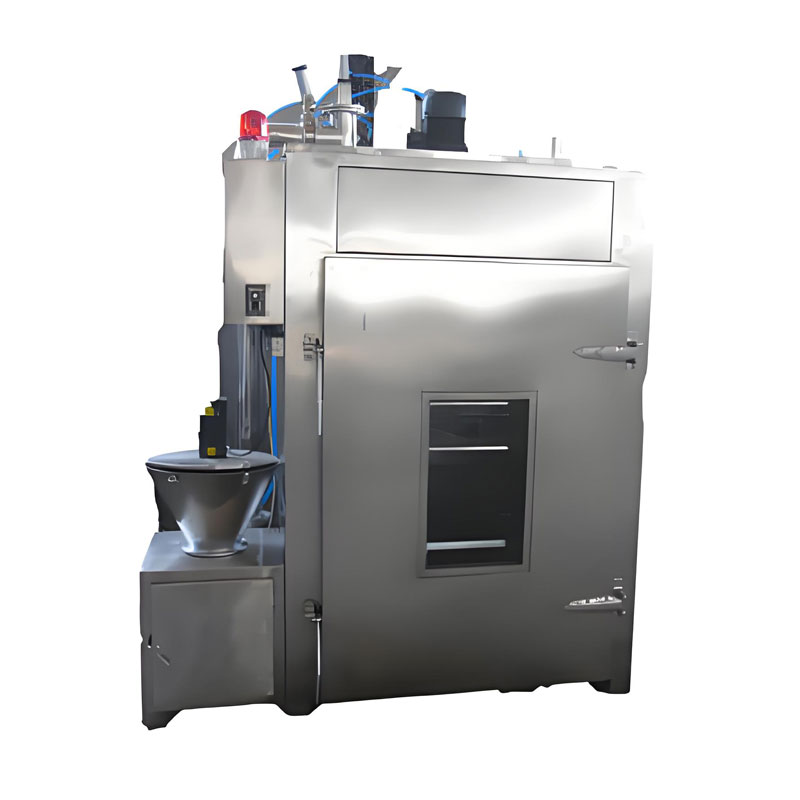
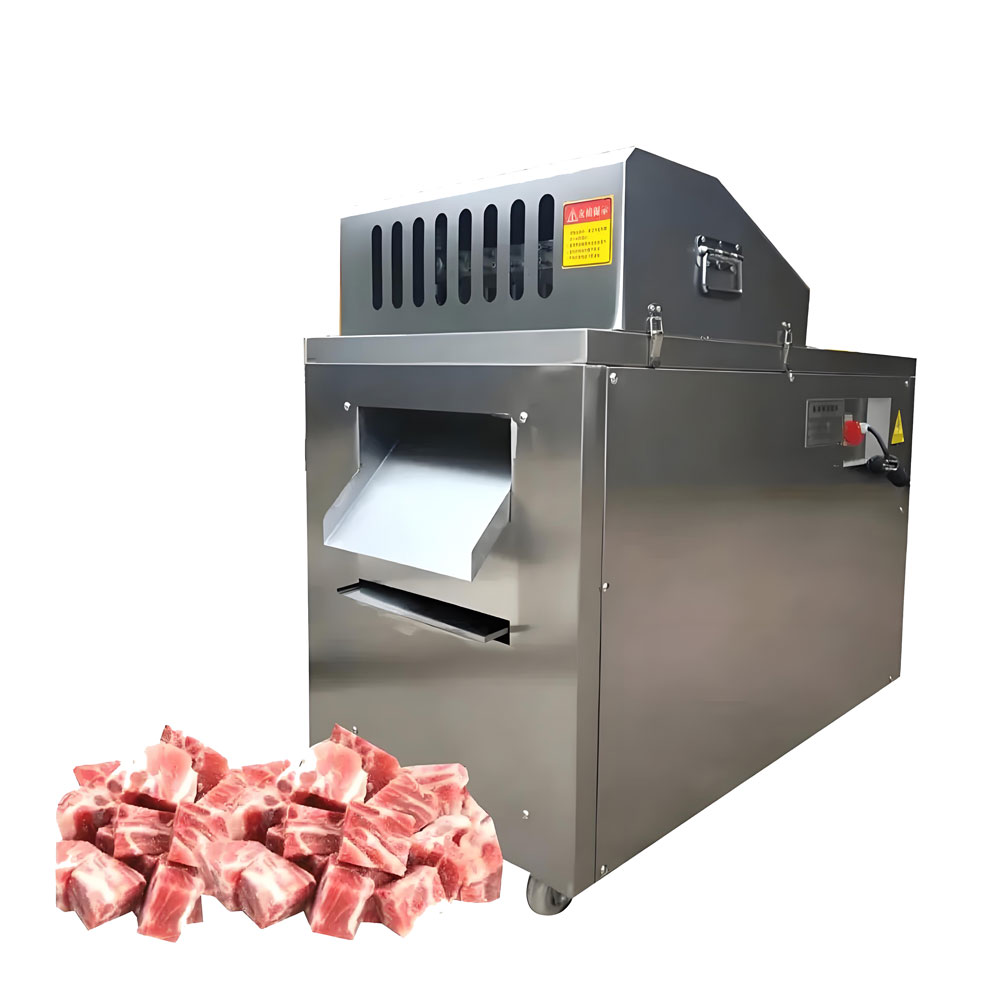
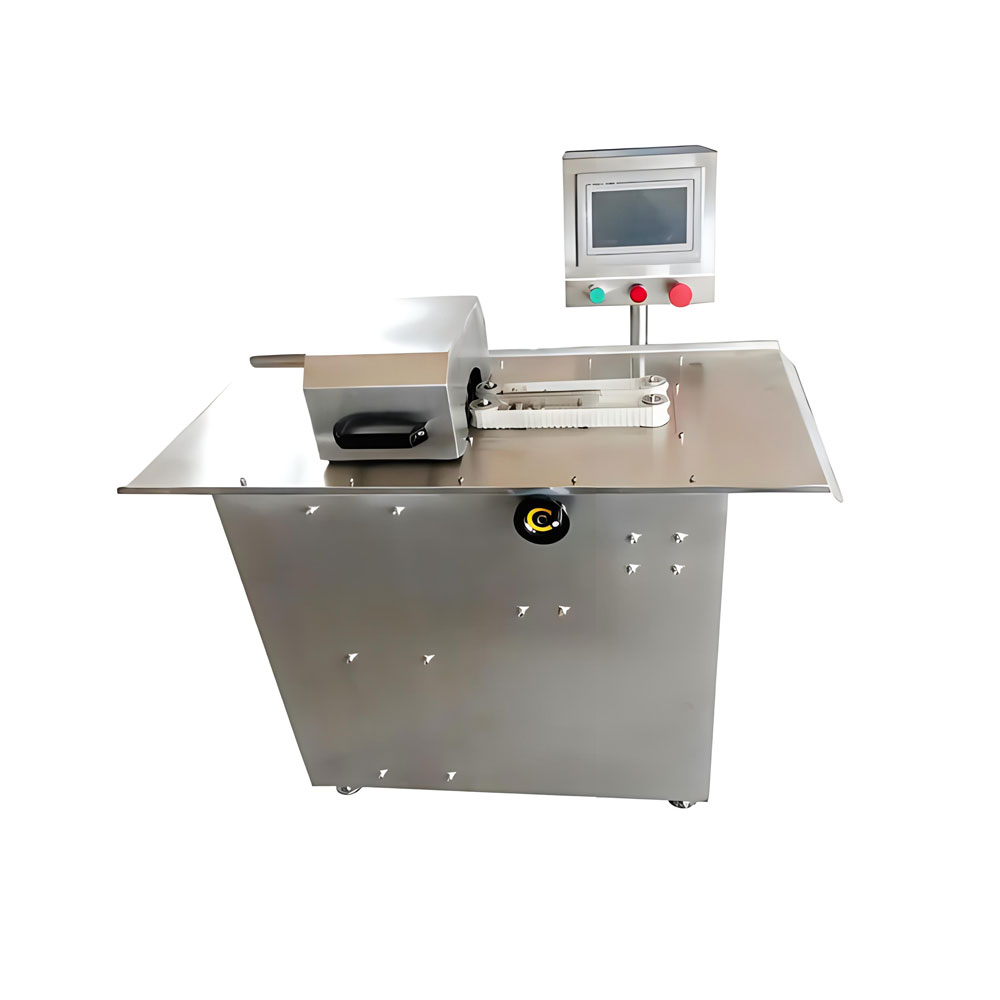
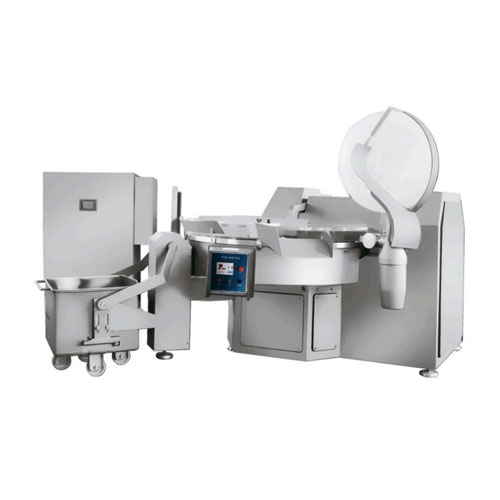
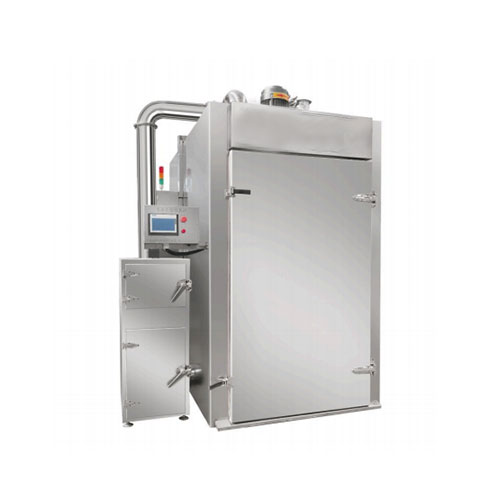
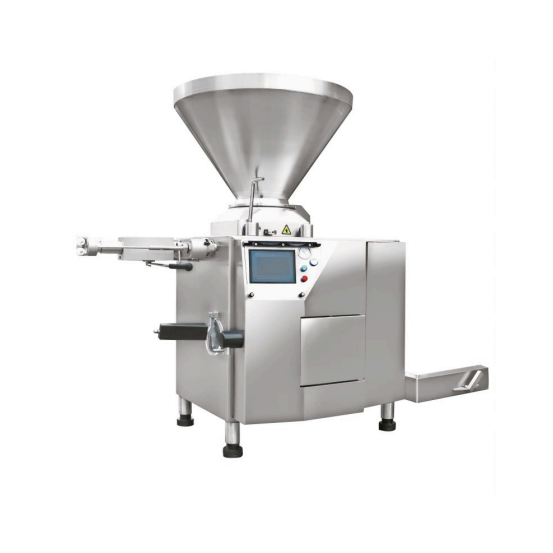
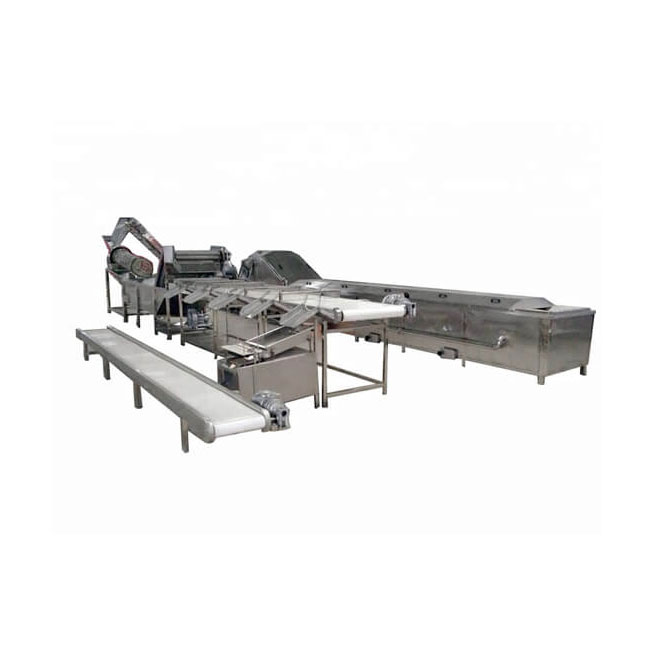
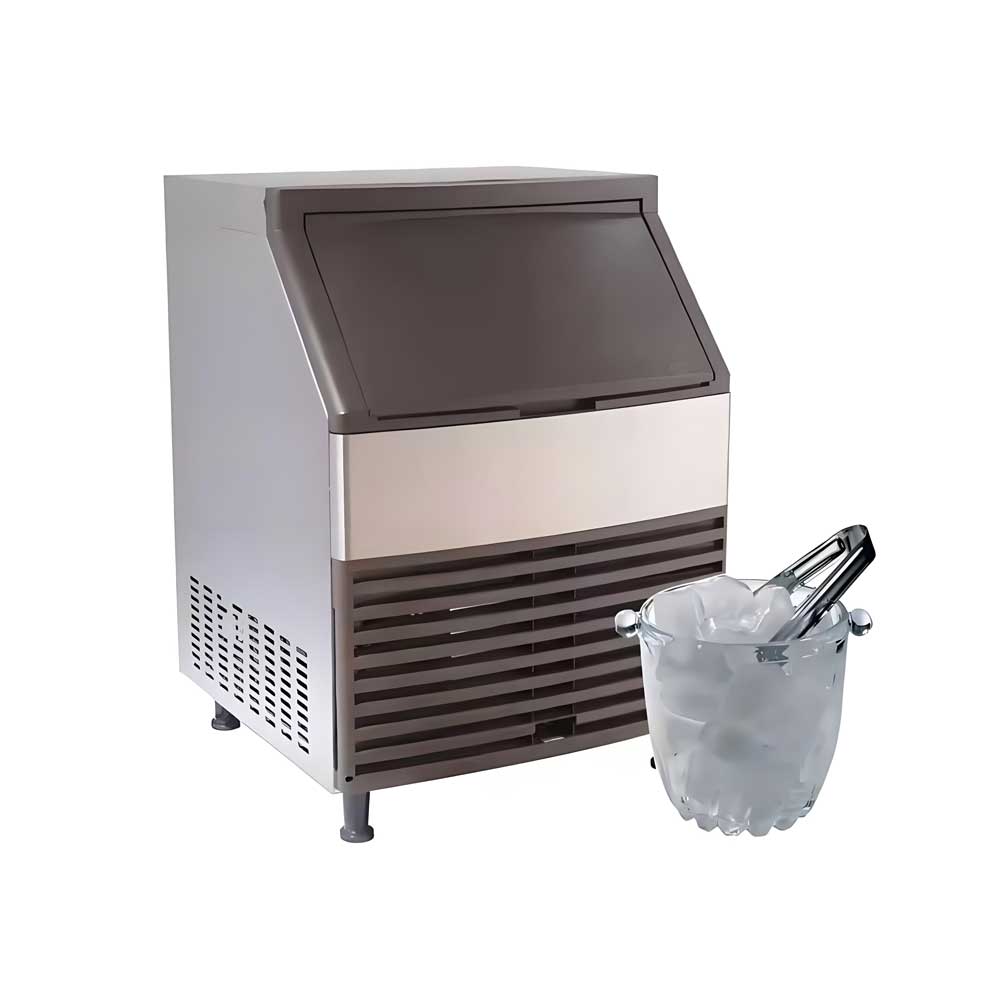
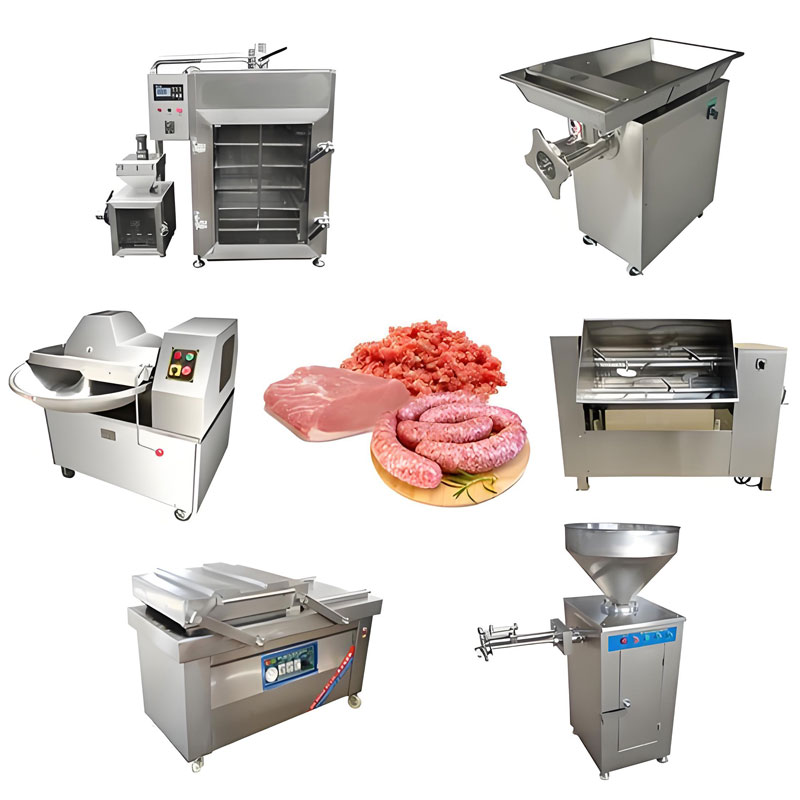 Sausage Stuffer Machine
Sausage Stuffer Machine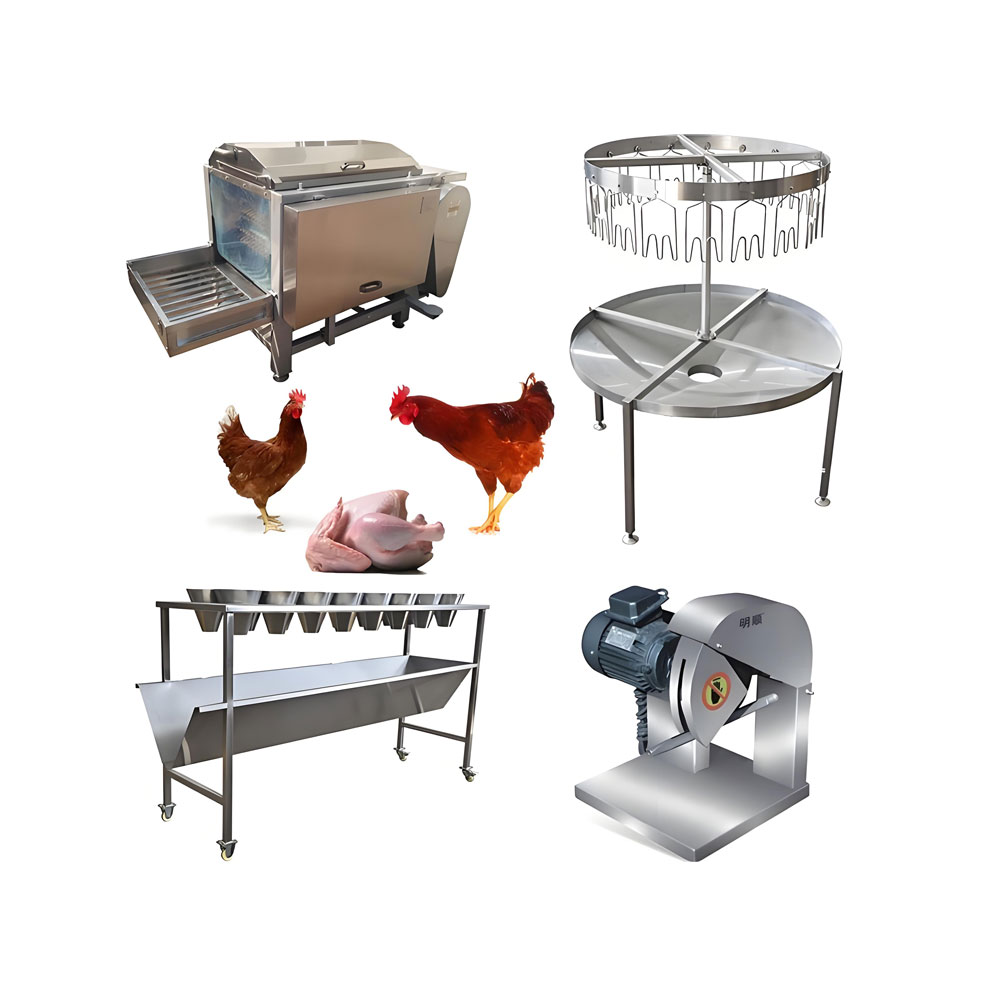 Chicken Slaughtering Machine
Chicken Slaughtering Machine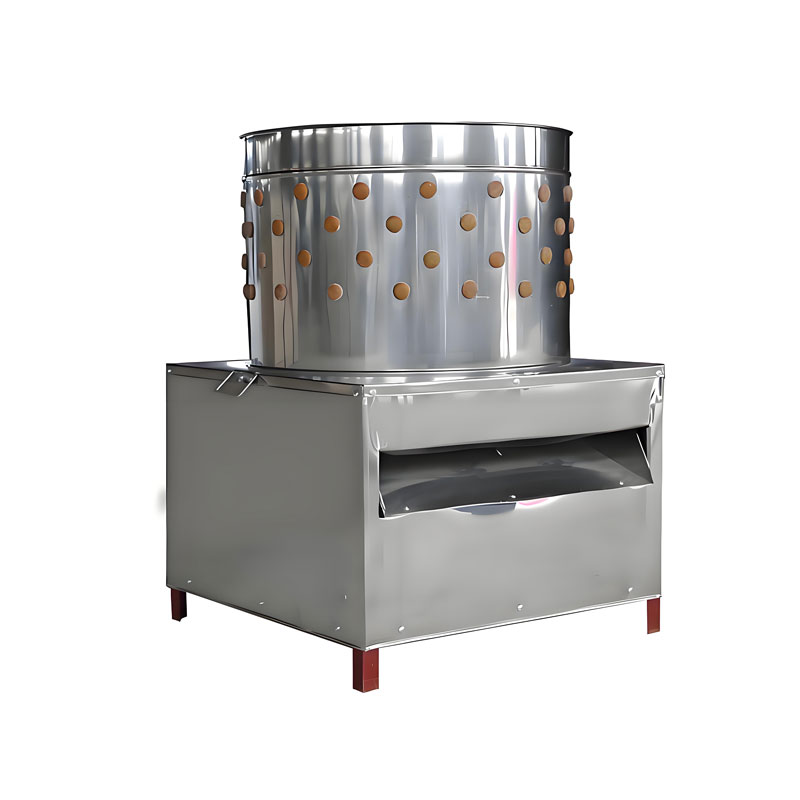 Chicken Plucker Machine
Chicken Plucker Machine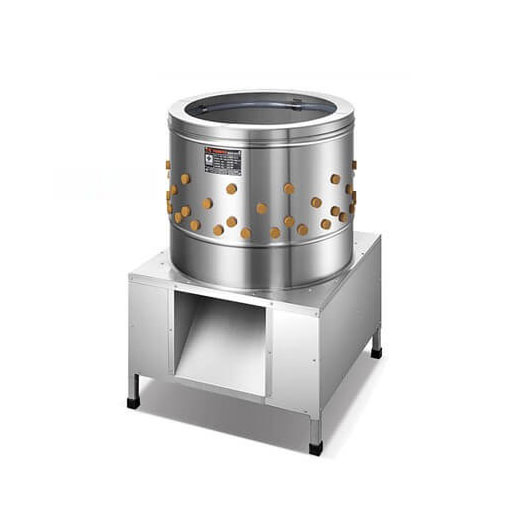 Poultry Feather Removal Machine
Poultry Feather Removal Machine
Ready to Get Started?